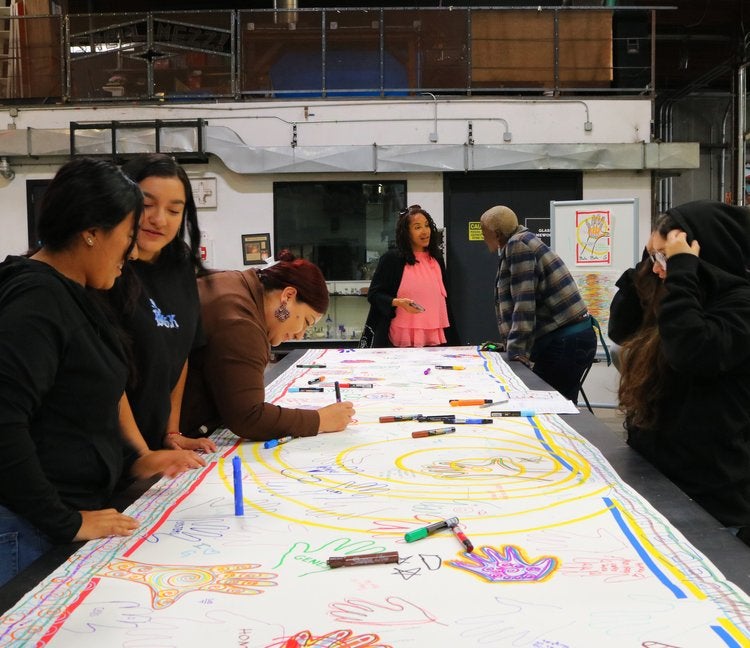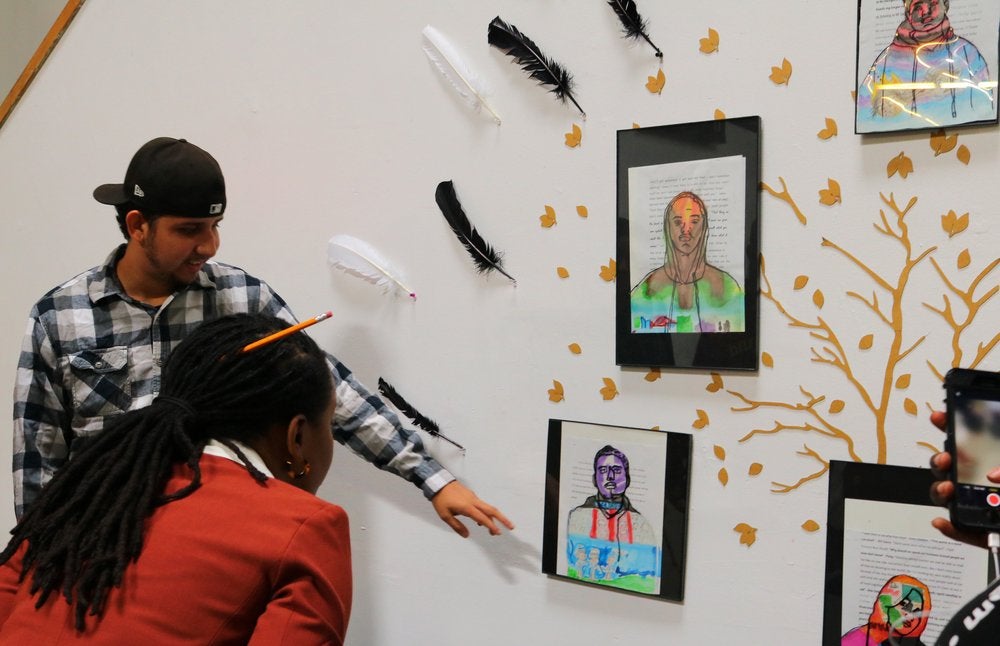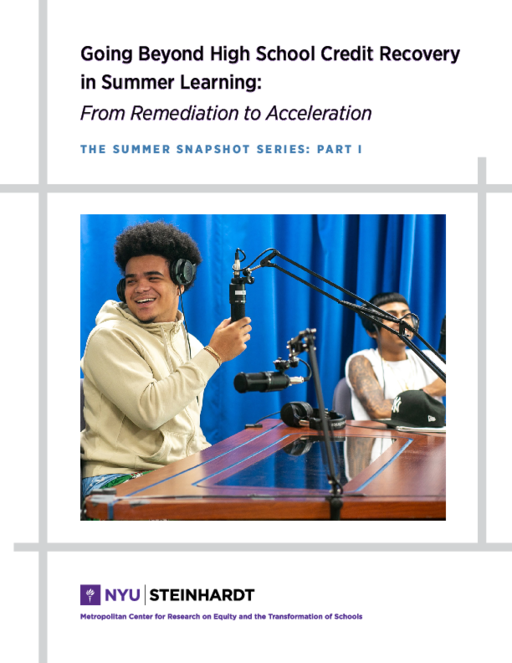Breadcrumb
- Wallace
- Reports
- Going Beyond High School Credit ...
Going Beyond High School Credit Recovery in Summer Learning
From Remediation to Acceleration

Overview
More
Less
- Author(s)
- Rhea Almeida, Natasha Berger, Sara McAlister, Elise Wilkerson, and Imani Wilson
- Publisher(s)
- NYU Metro Center's Policy, Research, and Evaluation team
Summary
We all know the old-fashioned version of summer learning: students doing run-of-the-mill classwork to make up credits they missed during the school year. What if there’s a better way?
 Picture high schoolers creating their own podcasts for English credit or using geometry skills to complete a leather-working project. That’s exactly what some pioneering school districts are offering as part of the national District Summer Learning Network (DSLN).
Picture high schoolers creating their own podcasts for English credit or using geometry skills to complete a leather-working project. That’s exactly what some pioneering school districts are offering as part of the national District Summer Learning Network (DSLN).
Led by the nonprofit FHI 360, the Wallace-funded DSLN has helped more than 100 districts and six states design, carry out, and sustain high-quality, evidence-based summer learning programs that prepare students for academic success and support their well-being. A research team at NYU Metro Center is studying the effort.
The team is producing a series of “Summer Snapshots” to highlight how districts across the country are reimagining what a summer program can be.
This first summer snapshot focuses on high school students faced with making up class credits over the summer. It examines how two school districts, Manchester Public School District, in Connecticut, and Oakland Unified School District, in California, have reinvented their programs to take a more holistic approach to academics and enrichment over the summer. They are moving beyond credit makeup to accelerate learning and better prepare students for the upcoming year.
Years of research show how programs that balance academics and enrichment can help invest students in their own learning and more generally in school.


These models show promise: district leaders saw high school students enjoying summer programming, and preliminary evidence showed positive academic outcomes.
Key Takeaways
- Manchester’s Flight School and Oakland’s Summer HAcK programs for high school students are moving beyond credit recovery to create programs that keep young people engaged.
- Both districts steeped their programs in years of research finding that successful programs combine academics with enrichment activities and project-based learning
- Program leaders point to key elements for successful programs, including:
- Engaging community partners as co-designers
- Elevating community and youth voice in the program
- Preparing students for college and careers
- Upholding high academic standards
- Incorporating social-emotional and life skills development



